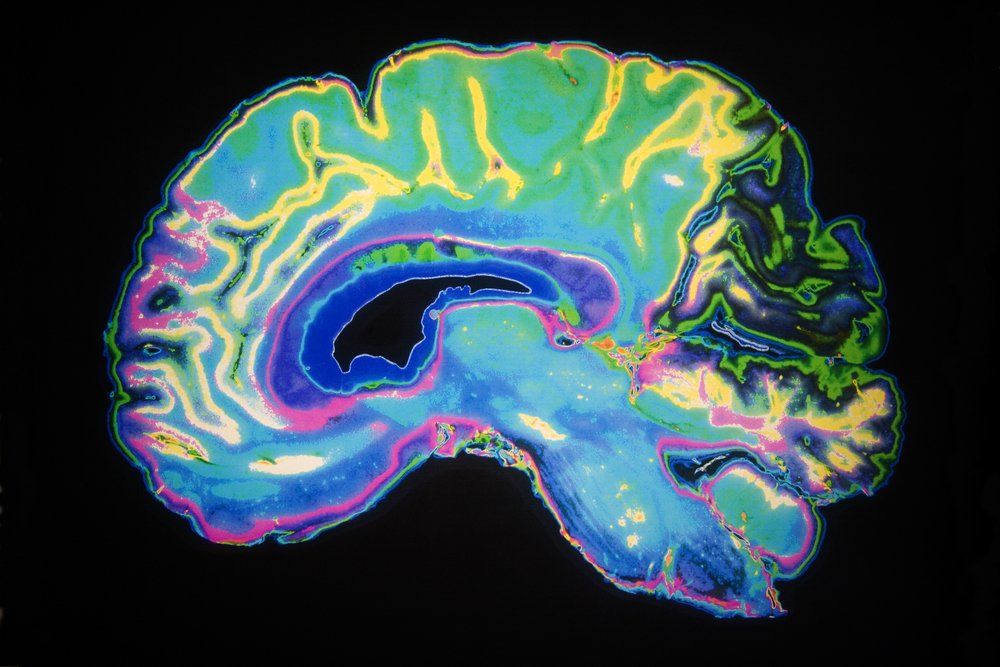Article
Case Report: Two Days of Intermittent Dizziness and Tingling in the Right Arm and Leg
Author(s):
A 64-year-old man, who has been a smoker for 40 years, presents at urgent care with dizziness, persistent hiccups, and dizziness. What's your diagnosis?
©DaisyDaisy/Shutterstock

History
A 64-year-old man arrives to the urgent care center with his wife. He has a complaint of two days of intermittent dizziness. He has vomited 3 times in the past 2 days but does not have a stomachaches or fever. When questioned in more detail, the patient describes intermittent right arm and right leg tingling for the past two to three days. His wife says that he does not demonstrate any unusual behavior, but she adds that his speech has been occasionally slurred for the past couple of days. He has not had any loss of consciousness, shortness of breath, chest pain, fevers, headaches, or diarrhea. He has not had any bladder problems, skin problems, or rashes.
The patient has a history of hypertension and mild asthma, and he does not generally get routine medical checkups. He has occasional heartburn for which he takes an over-the-counter medication as needed. He has been a smoker for 40 years (one pack a day for the past 25 years). He had several broken toes 13 years ago due to a fall while riding a motorcycle and he has some persistent discomfort of his foot as well as trouble walking since then. He does not take any prescription medications or vitamins.
Physical examination
The patient is well-nourished but he appears unsettled and afraid to walk due to his dizziness. He is cooperative and able to answer questions and provide a history of his symptoms and his overall health. Blood pressure is 170/95. His skin appears normal. His throat appears normal. His heart rate and rhythm are normal. His pulses are slightly decreased, but palpable. His breathing is clear and normal. There is no abdominal tenderness. He has a hoarse voice and occasional hiccups.
On neurological exam, the patient is alert and oriented x3 with no tremors or involuntary movements of his arms or legs, and normal strength in all four extremities. He has ataxia and dysmetria of his left upper and lower extremities. He has normal sensation to touch on the right arm and right leg, decreased pain and temperature sensation of the right arm and right leg, and normal sensation to all modalities on the left arm and left leg.
His reflexes are slightly diminished on the right arm and right leg without positive Babinski, and reflexes are normal on the left arm and left leg. He has mild ptosis (droopy eyelid) of the left side; normal and equal pupils; bilateral nystagmus; and decreased sensation on the lower left side of the face. Sensation of the forehead is equal on both sides. Although he tries to walk, he is unable to do so without supporting himself by holding on to a chair.
Diagnostic tests
CBC and electrolyte tests were normal. A brain CT scan showed diffuse small vessel disease, with no acute lesions. He was sent home and referred to a neurologist, who ordered a brain MRI, which showed a left sided subacute lateral medullary infarction.
Diagnosis: Lateral medullary infarction
Lateral medullary syndrome (LMS), also called Wallenberg syndrome, is a lesion involving the lateral medulla. A stroke or any other lesion, such as a tumor, or a traumatic injury, can cause a lesion in this area.1 When the syndrome is caused by an ischemic stroke, as in this case, it is caused by blockage of a small blood vessel in the brain, which produces a characteristic collection of unique signs and symptoms. Usually the symptoms are subtle. Typically, a physician has to perform a careful neurological examination to identify all of the signs and put them together to diagnose LMS.
Face
Usually one side of the face is numb with a loss of sensation to temperature and pain on the same side as the lesion. The eyelid may be droopy on the same side as the numbness, and there may be a change in the pupil size on the same side as well. Often, there is nystagmus of both eyes. Some patients may have weakness of the face and mouth as well.
Arms and Legs
There is usually numbness and decreased sensation of the arm, leg, or both on the opposite side of the lesion. Sometimes, there is mild to moderate weakness of the same arm or leg. Most people who have a lateral medullary stroke have coordination problems of the arm or leg opposite the numbness.
Other Symptoms
LMS may cause dizziness, a hoarse a voice and trouble swallowing.2 Interestingly, this type of stroke can cause persistent hiccups lasting for days. In fact, this can be the tip-off to the syndrome as people go from doctor to doctor seeking a remedy for the hiccups.
Diagnosis
Diagnosis of LMS is normally made by neurological examination and then confirmed by a brain MRI. The MRI confirms the location of the abnormality and also determines whether the lesion is caused by an ischemic or hemorrhagic stroke, a tumor, or an abscess. Normally a brain CT scan does not visualize a stroke in the lateral medulla.
Treatment
The treatment for a lateral medullary stroke may include fluid management if the patient has acute edema. After a lateral medullary stroke, the symptoms may worsen over the first 48 to 72 hours. In this instance, the stroke is already subacute, so management is focused on searching for and treating stroke risk factors. In this case, the patient had untreated hypertension, a leading risk factor for small vessel strokes.
After the acute phase, patients who have experienced LMS usually go on to improve over time, although the symptoms rarely completely disappear.
Take home points
• LMS is recognized based on the crossed findings, with neurological signs on the face on the same side as coordination deficits of the body and the opposite the sensory (and sometimes motor) signs of the body.
• Persistent hiccups can occur due to irritation or infarction of the lower lateral medulla.
• Vestibular symptoms are generally more bothersome and noticeable for patients than sensory, and even motor symptoms.
References:
1. Gökçal E, Baran G, Niftaliyev E, Güzel V, Asil T. Risk Factors, Etiological Classification, Topographical Location, and Outcome in Medullary Infarctions. Neurologist. 2017;;22:116-119.
2. Kim H, Lee HJ, Park JW. Clinical course and outcome in patients with severe dysphagia after lateral medullary syndrome. Ther Adv Neurol Disord. 2018;28;11:1756286418759864.





